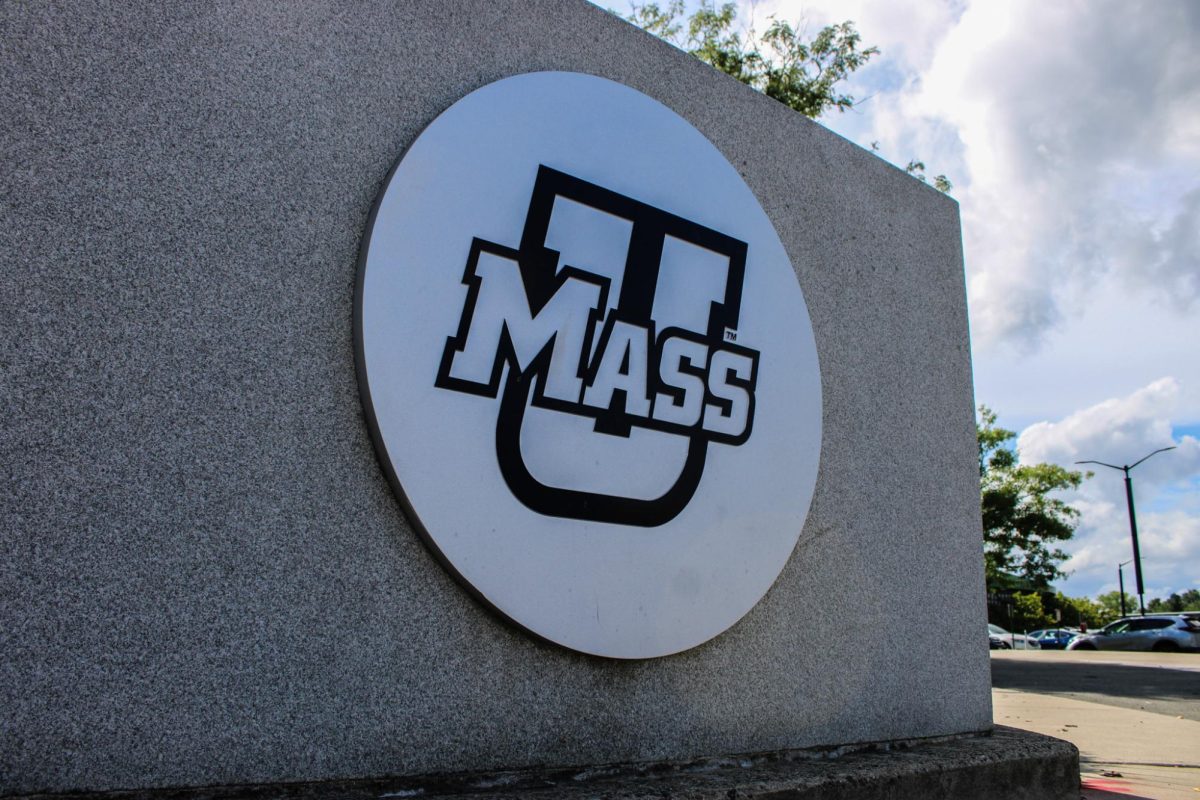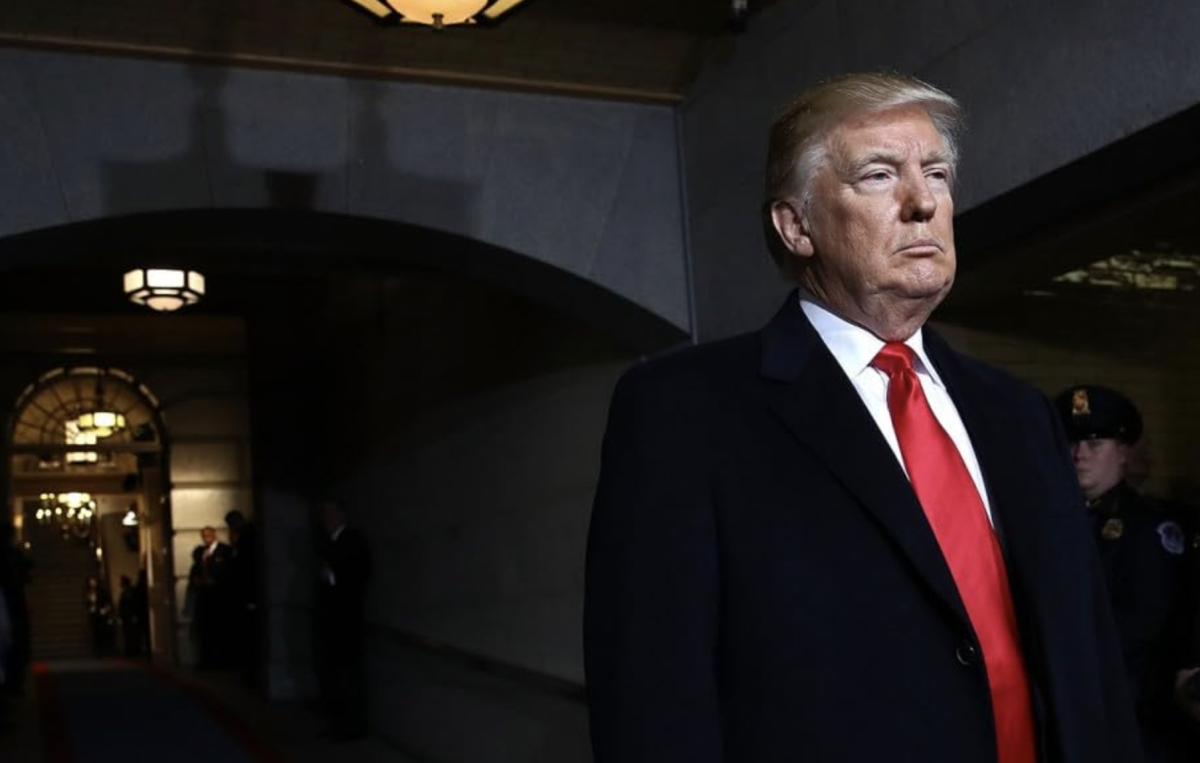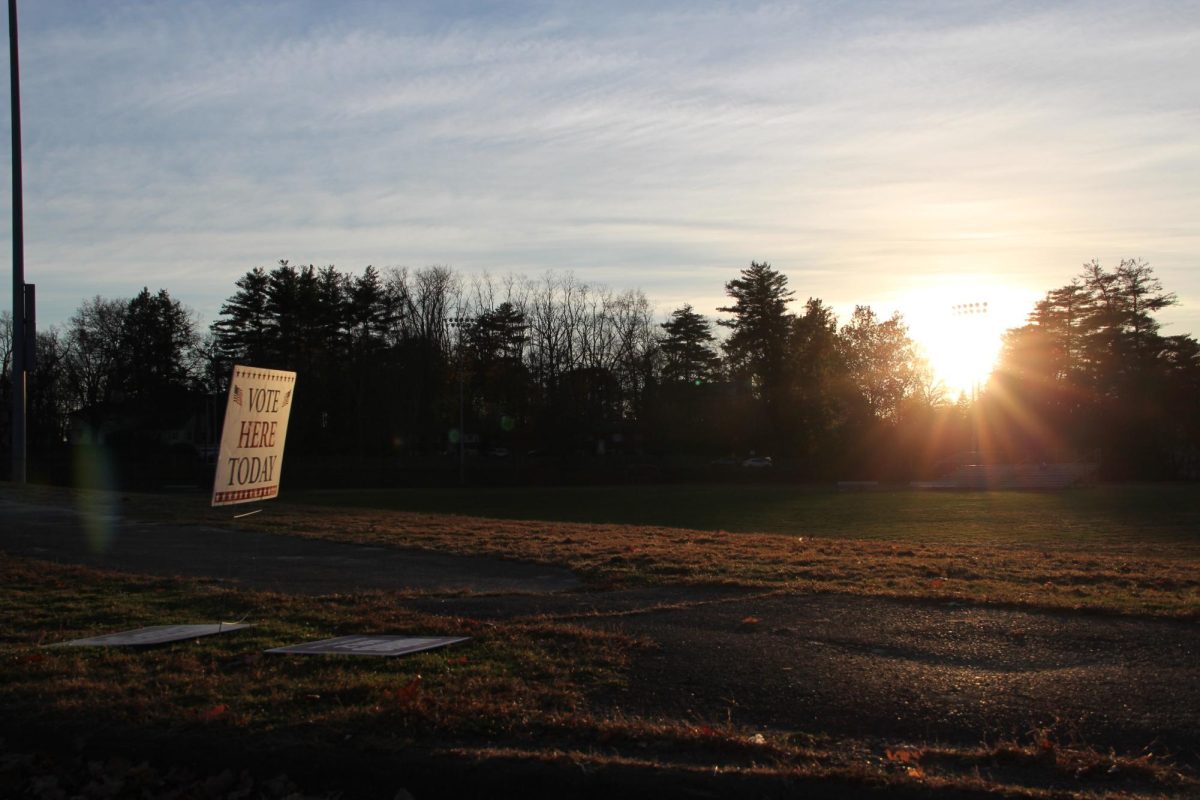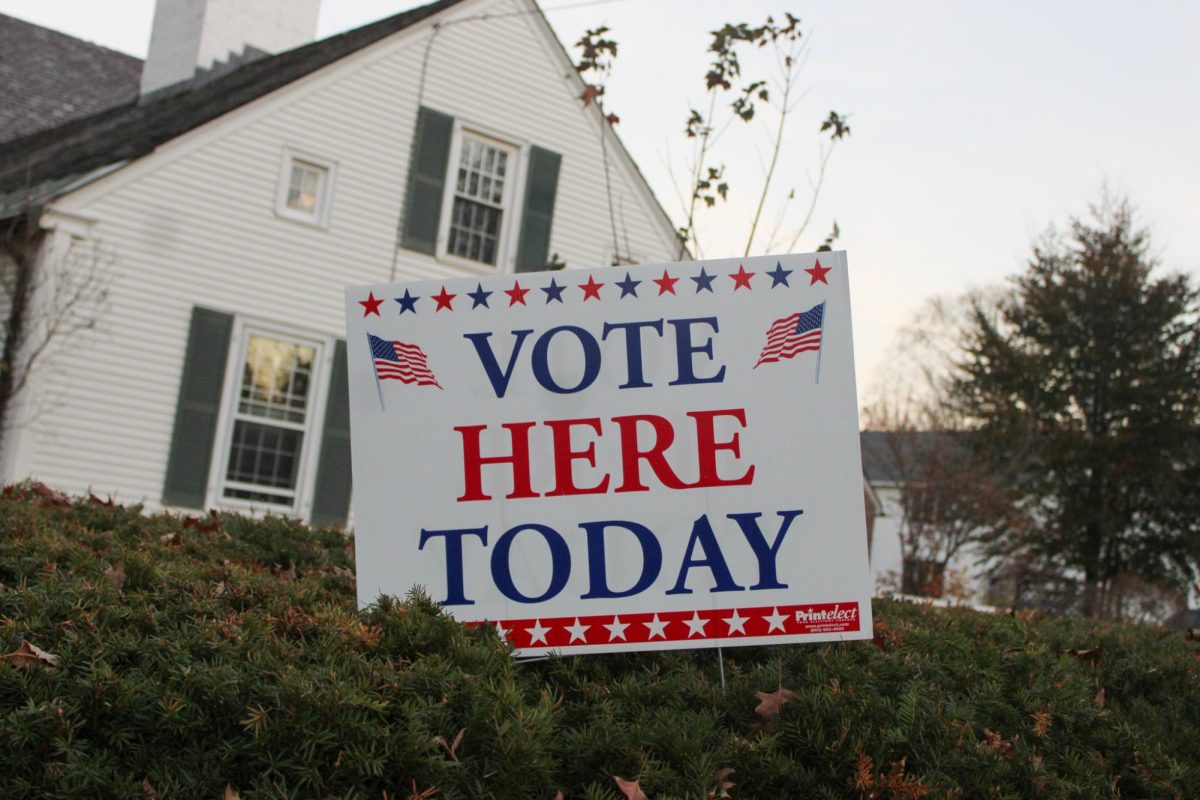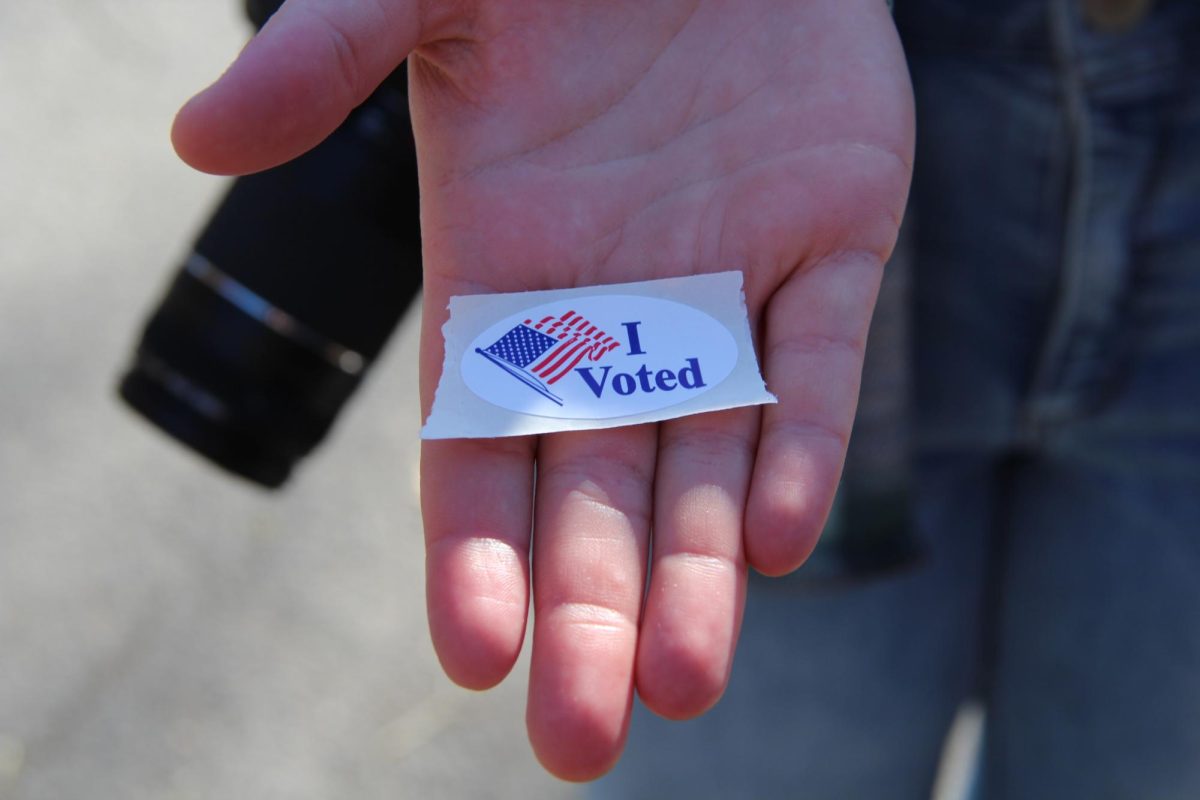To understand the current state of polarization in the U.S., all one would have to do is watch a few clips of the recent presidential debate between Vice President Kamala Harris and former President Donald Trump.
The two candidates vary widely not just on solutions, but also on what the issues actually are. For many, it seems as though the U.S. has entered a new world of extreme political polarization. But how valid is this fear and what does polarization really look like in the country?
University of Massachusetts Amherst political science Professor Alexander Theodoridis does research that looks specifically at political polarization. He believes that U.S. politics are polarized around the level of the Civil War along party lines.
With such a large divide between the parties, Theodoridis says that many voters feel like every election is “existential.”
“Both Democrats and Republicans are more concerned if the other side wins [than if their side wins],” Theodoridis said. He also noted there’s great fear of violence in both sides, no matter who wins.
When asked how the U.S. has become so polarized, Theodoridis responded that things are becoming more aligned with partisanship; our identities are increasingly linked to the party we support. “We’re in bubbles increasingly in terms of where we live and what we consume,” he said.
He also believes polarization is natural. “If you have two parties, it makes sense that people are going to migrate to the ones that align with the way they think.”
So instead of trying to prevent polarization, Theodoridis thinks we should learn how to function as a democracy with polarization.
Polarization has changed in many ways. U.S. political parties have always disagreed on key issues — but there seemed to be a general agreement on what those major issues were. Americans now disagree largely on what the key issues actually are.
A survey by Pew Research Center looked specifically at what Americans think are the key issues for the upcoming election. It found disparities on almost every issue when comparing political parties. For example, 62 percent of Democrats think climate change is “very important,” compared to 11 percent of Republicans.
On the economy, 93 percent of Trump supporters say it is very important compared to 68 percent of Democrats. Immigration stands at 82 percent of Republicans to 39 percent of Democrats, and abortion comes in at 67 percent of Democrats and 35 percent of Republicans.
Again, the divide is crystal clear when watching the most recent presidential debate, in which Trump tried to draw the conversation back to immigration while Harris attempted to pull it towards abortion.
As a public university, UMass should in theory be a place full of differing ideas and heated debates. Theodoridis believes people of both political parties can speak out at UMass. But he also worries there isn’t a bigger number of conservative students. “The question is, is there a critical mass of people with conservative views so that they feel comfortable expressing those views.”
Students need to hear views that disagree with them, he offered. “I think it’s useful for all students in this kind of environment to get to hear views that sometimes might make them feel a little bit uncomfortable,” Theodoridis said.
“So many of us live in bubbles where we just can’t understand people on the other side. Going on, [we end up] ascribing to them all sorts of horrible motives and stereotypes,” he explained as a challenge with polarization.
Most of the time people engage in “bonding social capital,” he said. This means we spend time with people who are like us, closing off those social bubbles even more. Theodoridis believes student organizations should engage in “bridging social capital,” interacting with groups that are different from theirs. For example, the Republican club could host an event with the Democratic club, forcing the members to engage with those of different opinions.
Young people are actually less polarized than older generations. Carnegie Endowment for International Peace found that “[Polarization] is also growing most swiftly among Americans over sixty-five years old, a demographic that uses the internet less, but watches television and listens to talk radio far more, than younger age groups who are less polarized.”
Overall, Americans are a lot less different than they really think. A 2021 study by Populace found that Americans actually agree on most issues, and they believe they disagree much more than they actually do. Carnegie also found this “misperception is greatest for the most politically engaged people.”
In the Populace study, climate change was ranked as the third most important issue by respondents. But respondents ranked it 33rd on how important they thought it was to others. The study also found that disagreements on a few issues fueled a feeling of large polarization. So, intense disagreement on something such as immigration makes people feel as if there is disagreement on a wide variety of issues. Many want less polarization, but simultaneously believes that the other side is completely different from them.
It can both be true that U.S. politics are very polarized, but also that Americans may agree on most issues. Increasing social bubbles have contributed to a lack of understanding of those with different views. And especially during election season, everything can feel very intense.
Theodoridis believes we can survive the current polarization. But, he says, it will “demand a lot of voters and … political leaders.”

